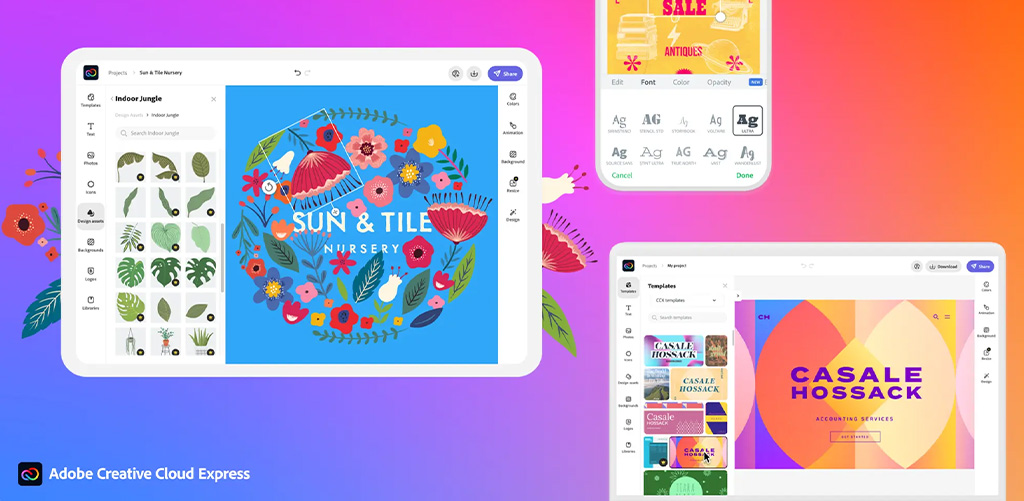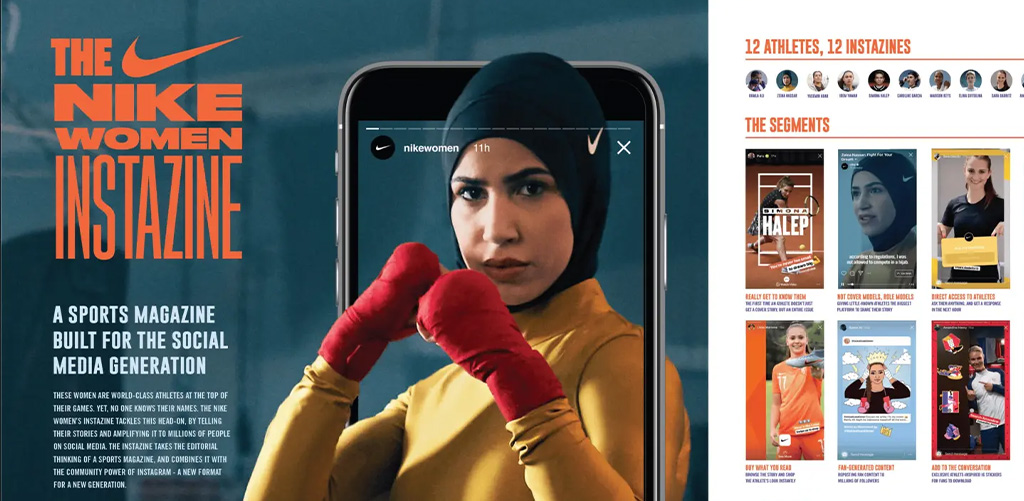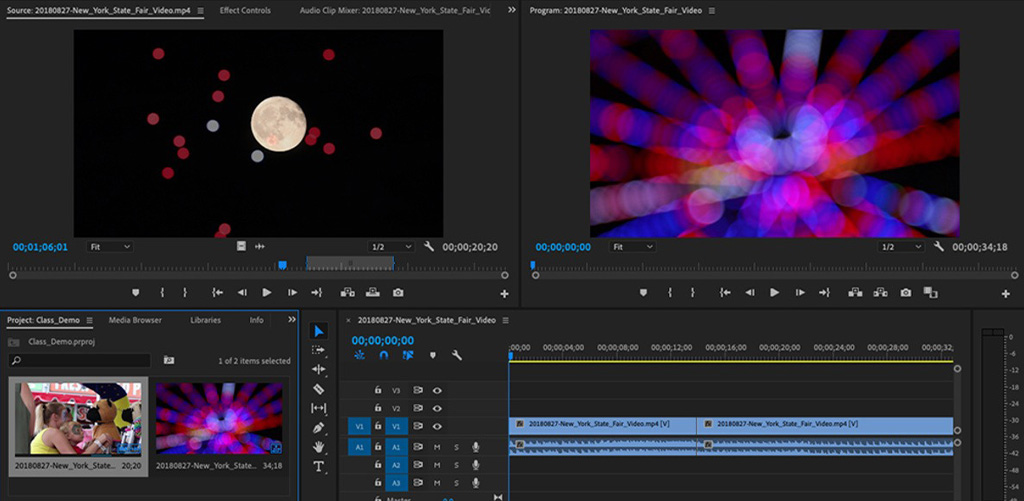

Imagine walking into a bakery where cakes are made in minutes using pre-mixed ingredients. They look good, but do they have the richness of a cake made from scratch by a skilled baker? This is exactly what’s happening in the world of graphic design today. With beginner-friendly tools like Canva, Figma, and Adobe Express, anyone can create designs effortlessly. But does that mean professional designers are no longer needed? Let’s explore how these tools are shaping the industry and what aspiring designers should focus on.
Graphic design used to require years of practice with complex software like Adobe Photoshop and Illustrator. Today, platforms like Canva, Figma, and Crello make it easy to create designs with simple drag-and-drop features. These tools have made graphic design more accessible, allowing small businesses, influencers, and startups to create their own marketing materials.
However, while these tools are great for quick designs, they lack originality and depth. This is why learning the core principles of design in Communication Design at JD Institute is essential. It helps students develop skills that go beyond pre-made templates, allowing them to create unique and impactful designs.
A common concern among designers is whether these easy-to-use tools will take away job opportunities. The reality is that while they make design accessible, they cannot replace creativity, branding knowledge, or complex design skills.
Think of it like this—anyone can take a photo with their phone, but that doesn’t make them a professional photographer. Brands still need expert designers to create unique visual identities and high-quality campaigns. Tools like Adobe Express and VistaCreate are useful for basic tasks, but professional designers offer storytelling, strategy, and innovation—things no template can provide.

This is why aspiring designers should invest in learning through structured courses like JD Institute’s Communication Design program, where they gain expertise in advanced software and design principles.
Since beginner-friendly tools handle the technical aspects of design, the future of graphic design is shifting towards conceptualization and branding. Companies are now looking for designers who can develop creative campaigns, brand identities, and interactive experiences.
For example, brands like Nike and Apple don’t just rely on good designs—they focus on storytelling and branding. This is why structured learning in design thinking, typography, and UX/UI design is essential to staying ahead.

If you’re an aspiring designer, the key to success is to go beyond just using tools and focus on developing strong design skills. Here’s what you should learn:


Beginner-friendly tools have made graphic design more accessible, but they haven’t eliminated the need for professionals. Instead, they’ve shifted the industry towards higher-level creativity and branding. If you’re serious about a career in graphic design, don’t just rely on quick-fix tools—invest in learning, build a strong foundation, and master the skills that will make you stand out. And if you’re looking for the perfect place to begin, JD Institute’s Communication Design course will help you develop the expertise needed to excel in the ever-evolving world of graphic design.